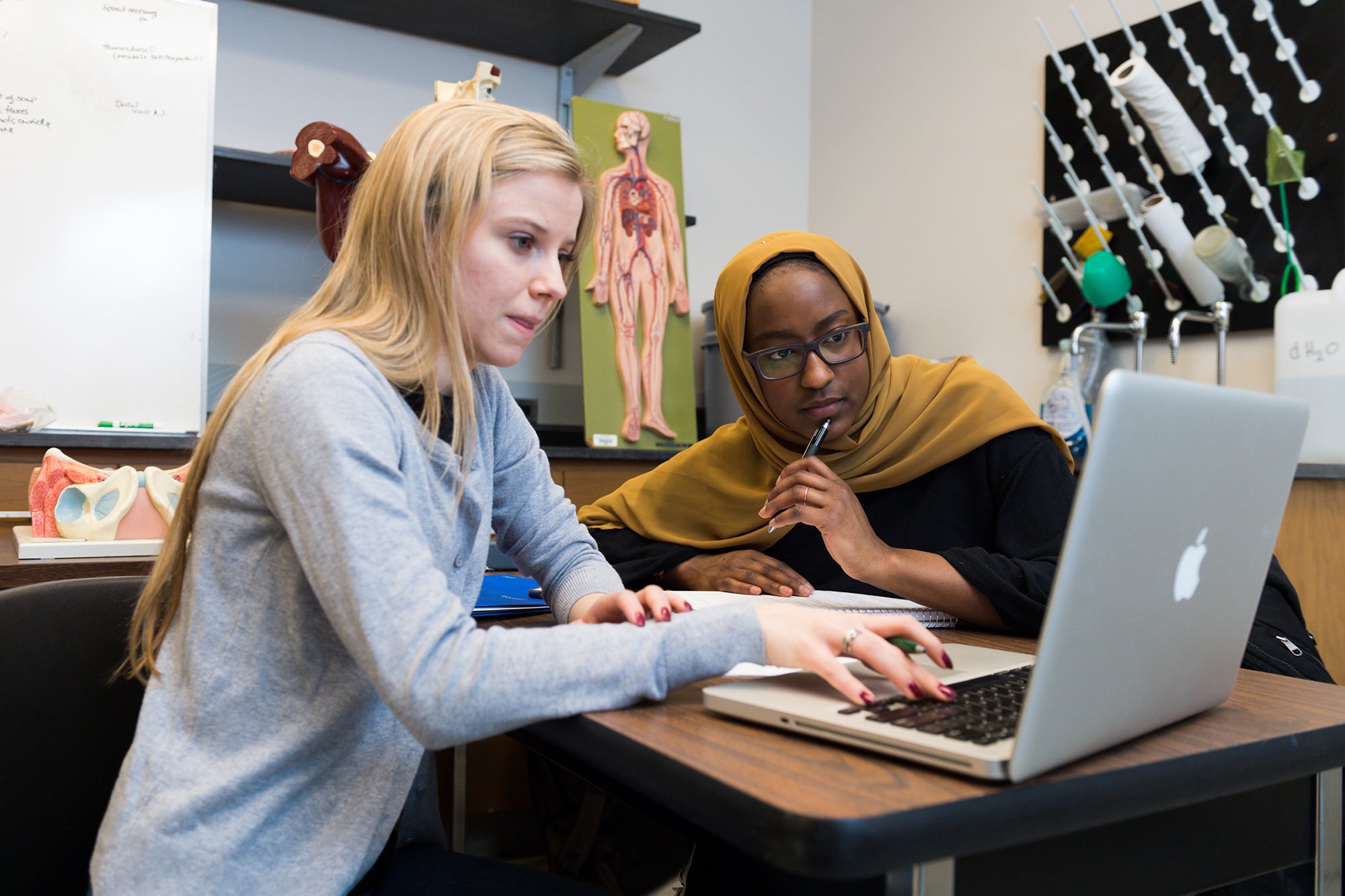
Question Formulation Technique
Overview
This resource guide introduces the Question Formulation Technique (QFT). At the bottom of the page, you will find downloadable resources for outlining QFT implementation in your classroom. The QFT is premised on the idea that question formulation is a skill not widely taught, but vitally important for students in every discipline, particularly those from underserved communities.
The QFT originated in the early 1980s in a dropout prevention program in a small Massachusetts community. Social workers in the program noticed that parents were not engaged, even though it was clear they cared about their children’s success in school. One parent explained that they did not attend school meetings because they did not even know “what questions to ask” about the program or their children’s progress there. To address this problem, social workers began providing parents with common questions to ask in school meetings. However, this approach did not help parents address their unique situations. Once the social workers realized this problem, they started to approach that situation differently, coaching parents through the process of identifying their concerns and then developing questions to address them. In short order, teachers and social workers began to notice a dramatic change in parents’ participation in the program. Parents who had not attended any school meetings now showed up with their own questions in hand. The QFT was then applied to students. Instead of operating on a traditional model where the teacher formulated questions and posed them to students, instructors taught students how to formulate questions that were meaningful to them. Again, teachers saw substantial improvements in students’ engagement, learning, and retention. Students who had shown little interest in school were now excited and gaining confidence in their abilities. Many students commented that learning the QFT made them “feel smart” in school for the first time. This change may be the result of the self-guided nature of the QFT.
When students are in charge of coming up with questions, they have to engage more deeply in the course content, and they are allowed to think about this material in their own way. In many cases, they ask questions that the instructor did not expect, and instructors report that students using the GFT take lessons deeper or wider than expected. Thus, students advance through material more quickly and/or with greater understanding and retention. Importantly, the QFT also cultivates inclusivity by creating a student-centered classroom. This technique shifts the onus of posing questions away from teachers and, instead, invites all students to ask questions that are interesting and useful to them, regardless of their expertise or experience. The process requires that each question is equally valued. Students create questions without judgment and without considering possible answers until the question formulation process is complete (see steps below). This technique also encourages creativity, problem-solving, and reflection. Once students have learned has to use it, they can apply it to their work in other college courses, their careers, and even in public or political contexts.
Resource Goals:
- The overarching goal of the QFT is to teach students to develop and ask questions that facilitate their learning and help them take ownership of their education.
- To help students develop three different kinds of thinking:
- Divergent Thinking – Activating their creativity
- Convergent Thinking – Enabling their analytical abilities
- Metacognition – Becoming aware of and reflective about their own thinking
- Encourage “micro-democracy,” or the practice of raising one’s voice in small contexts like a college classroom, an academic conference, or a public meeting.
- To improve debate skills and advance the understanding of the topics to which it is applied.


